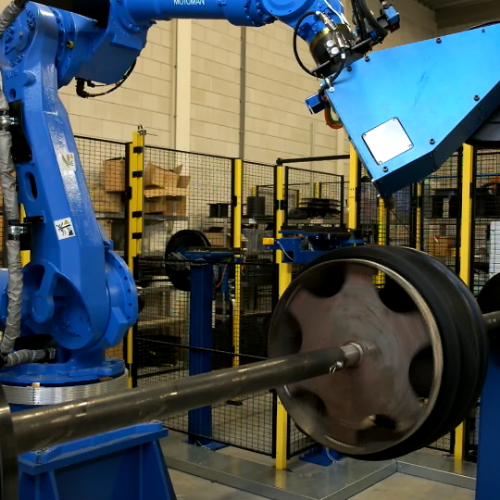Types of Welding
Stick
TIG
MIG
FCAW
You will find multiple names useful for exactly the same process in welding since they are getting to be commonly accepted slang terms. Regardless of that which you refer to it, if you understand those are the same. Let me explain.
Stick welding can be a slang term for “Shielded Metal Arc Welding” and it is commonly abbreviated, or known, as “SMAW”. The slang term emanates from the rod which is used because it is appears to be a stick. It is a procedure that works on the automobiles that creates constant amperage to make an arc. This sort of welder uses a rod, or electrode, metallic using a flux coating externally that protects the weld area in the air while the rod is burning. SMAW is generally utilized in the field since it is a practical welding process that is inexpensive, is effective on many metals, and provides for welding thick materials. This will make it a fantastic joining process for the majority of industrial construction needs. SMAW can be a month . form of welding that is certainly taught from the most of schools as foundation to learning other sorts of metal joining processes.
TIG welding, or TIG, is surely an abbreviation for “Tungsten Inert Gas” nonetheless its proper name is “Gas Tungsten Arc Welding” commonly abbreviated and referred to as “GTAW”. In older days, prior versions be called “HeliArc”. GTAW is often a joining technology that utilizes a consistent current power much like Stick welding. What changes is the way filler metal is deposited in the joint. TIG utilizes a torch that features a part of tungsten to generate an arc. The torch boasts shielding gas flowing through it to protect the weld area from air. Characteristics of tungsten allow arc temperatures to succeed in greater than 10,000 degrees Fahrenheit. Just how TIG works could be that the arc is done along with filler metal is added to the joint. Filler metals with this process are available in wire form and are simply cut to length. Probably the most frequently used shielding gas is Argon, utilized for welding over Ninety percent of metals. TIG welding is utilized for welding exotic metals or anywhere that will need excellent welds. This procedure is probably the most challenging types of welding to understand.
MIG welding, or MIG, is surely an abbreviation for “Metal Inert Gas” which is more formally called “Gas Metal Arc Welding” or “GMAW”. The phrase MIG comes from the main shielding gasses used which are the inert, or Nobel, gasses. Today the gases used vary, so the name has officially been changed to “Gas Metal Arc Welding”. MIG welding will be the slang term that is commonly accepted. Additionally it is generally known as “Wire Wheel Welding”. This procedure uses a wire feed to secure solid filler wire for the weld joint. The wire feed is associated with a constant voltage power that can cause the arc to melt the wire in the event it hits the weld joint. Before the wire creates an arc there must be a shielding gas feed over the system. MIG welding is performed through a MIG gun which combines the wire, electricity and shielding gasses all as well. The MIG gun features a trigger that, once squeezed, starts the metal joining process. This technique is considered semi-automatic because the filler metal is continuously feed for the weld joint. This metal joining process is usually utilized in factories where high production is required. MIG is easy to function but establishing the equipment could be troublesome for a less experienced operator.
FCAW, or “Flux Cored Arc Welding”, is technically considered quantity welding process. The truth is that FCAW is a different type of electrode or filler wire found in a MIG welding machine. The electrode is often a hollow tube that has flux from the center. What this will is enable the electrode to weld without needing another shielding gas. There are 2 forms of electrodes found in FCAW; self shielding and dual shielding. Self is surely an electrode that doesn’t need any shielding gas. It’s very just like a Stick welding electrode turned back to front. What this may is allow welding in windy conditions. The down side of MIG welding is that wind or drafts cause welding defects. A self shielding FCAW electrode solves this problem. Dual shielding electrodes need shielding gas to operate properly. The main benefit of this kind of electrode is the quantity of weld it could deposit. FCAW is normally found in shipyards or anywhere that really needs a great deal of welding to be done on thick metals.
There are several more different types of welding that are used. Some examples are:
Oxy Acetylene
Lasers
Brazing
Soldering
Plasma
SAW or “Submerged Arc Welding”
Friction
Plastic
Electron Beam
Explosive
Thermite
Forge
Ultra Sonic
And also the list proceeds! In the end the most widely used processes are Stick, TIG, MIG and FCAW. These are the processes which are currently popular because they’re what industry needs. They produce welds which range from mass production to x-ray quality.
To learn more about a plus ratings take a look at this popular web site.
